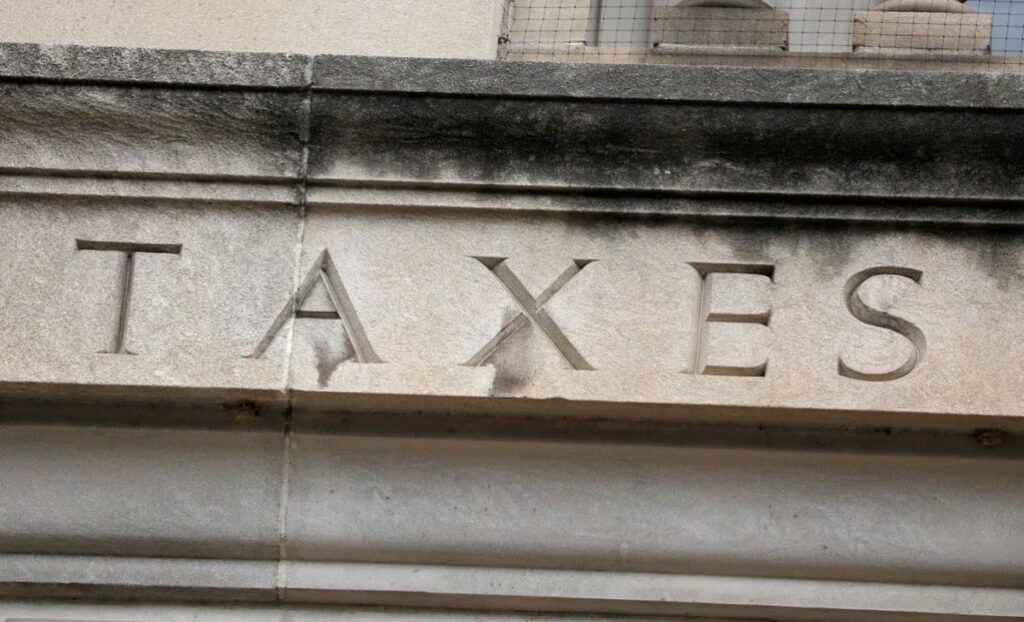Switzerland’s esteemed Banque Pictet has recently admitted to a startling revelation: aiding U.S. taxpayers in concealing over $5.6 billion from the Internal Revenue Service (IRS). This admission has led to a deferred prosecution agreement with the Justice Department, marking a significant chapter in the history of tax evasion cases. Let’s delve into the intricate details of this revelation and its broader implications.
Background of Banque Pictet
Established in [insert year], Banque Pictet has long been synonymous with Swiss banking excellence. With a rich history and a global clientele, the bank has played a pivotal role in the financial landscape. Its admission to aiding tax evasion, however, casts a shadow over its esteemed reputation.
Details of the Admitted Wrongdoing
The staggering amount of $5.6 billion hidden from the IRS between 2008 and 2014 raises eyebrows. The deferred prosecution agreement, a legal maneuver, reflects the gravity of the situation. Understanding the intricacies of this admission is crucial to grasping the depth of Banque Pictet’s involvement.
Legal Implications
The Internal Revenue Service (IRS) is at the forefront of this case, underlining the severe legal implications for Banque Pictet. This isn’t the first instance of a Swiss bank facing such consequences, and understanding the role of the IRS in this case is essential.
IRS’ Response and Chief Jim Lee’s Statement
In response to Banque Pictet’s admission, Jim Lee, the chief of the IRS’ criminal investigation division, delivered a stern message. What does this signify for others attempting to hide their assets offshore? Let’s dissect Lee’s statement and its broader implications.
Remedial Measures and Cooperation
As part of the deferred prosecution agreement, Banque Pictet has committed to implementing remedial measures and cooperating with ongoing investigations. How sincere are these commitments, and what do they entail?
Financial Penalties and Disgorgement
The $122.9 million payment from Banque Pictet to the U.S. Treasury includes various components. Breaking down this sum reveals the fees earned, unpaid taxes, and the penalty imposed. Understanding the financial repercussions is crucial to evaluating the severity of the situation.
Comparison with Previous Cases
Banque Pictet isn’t the first Swiss bank entangled in such a web. Drawing parallels with cases like Credit Suisse and Julius Baer provides a broader perspective on the trends within Swiss banking.
Public Perception and Reactions
The admission by Banque Pictet is undoubtedly a blow to its reputation. How are the public and media reacting to this revelation, and what does it mean for the bank’s standing in the financial world?
Long-standing Accusations Against Swiss Banks
This isn’t an isolated incident. The U.S. has a history of accusing Swiss banks of aiding tax evasion. Examining this history sheds light on the patterns of allegations and resolutions.
Credit Suisse Case
The 2014 case involving Credit Suisse, which resulted in a $2.5 billion fine, is a noteworthy reference point. How did this impact Credit Suisse, and what happened to the bank afterward?
Julius Baer Case
In 2016, Julius Baer faced similar accusations. What were the details of this case, and how did the bank resolve it? Drawing comparisons with Banque Pictet’s situation provides valuable insights.
Pictet’s Measures to Ensure Tax Compliance
While Banque Pictet asserts it has taken measures to ensure tax compliance, the case suggests a gap in implementation for some customers. How robust are the measures, and where did they fall short?
Conclusion
In conclusion, the admission by Banque Pictet unfolds as a significant event in the landscape of offshore tax evasion. Understanding the details, implications, and comparisons with other cases paints a comprehensive picture of the situation.

